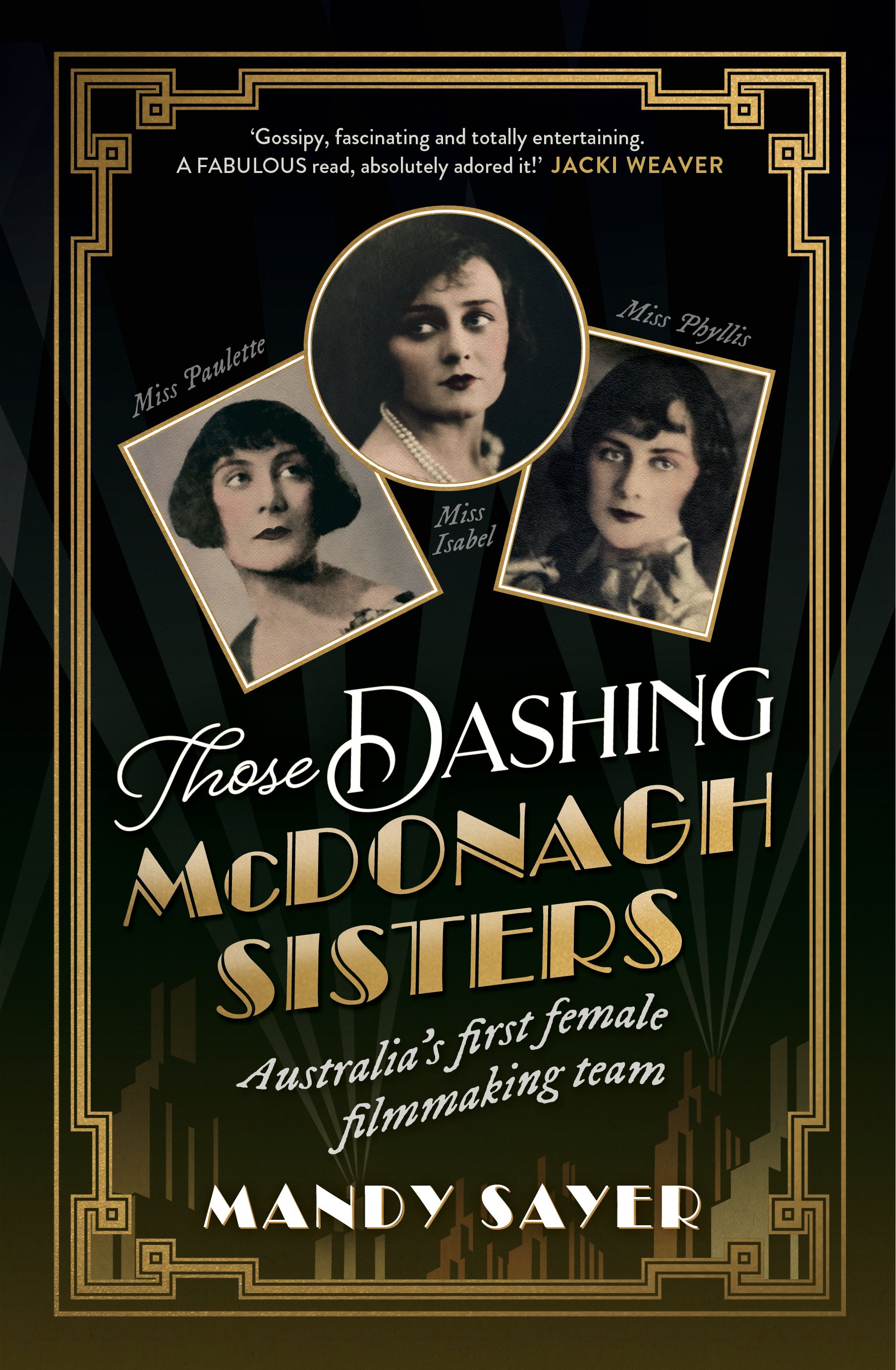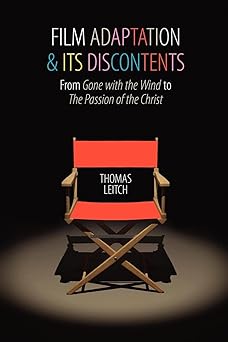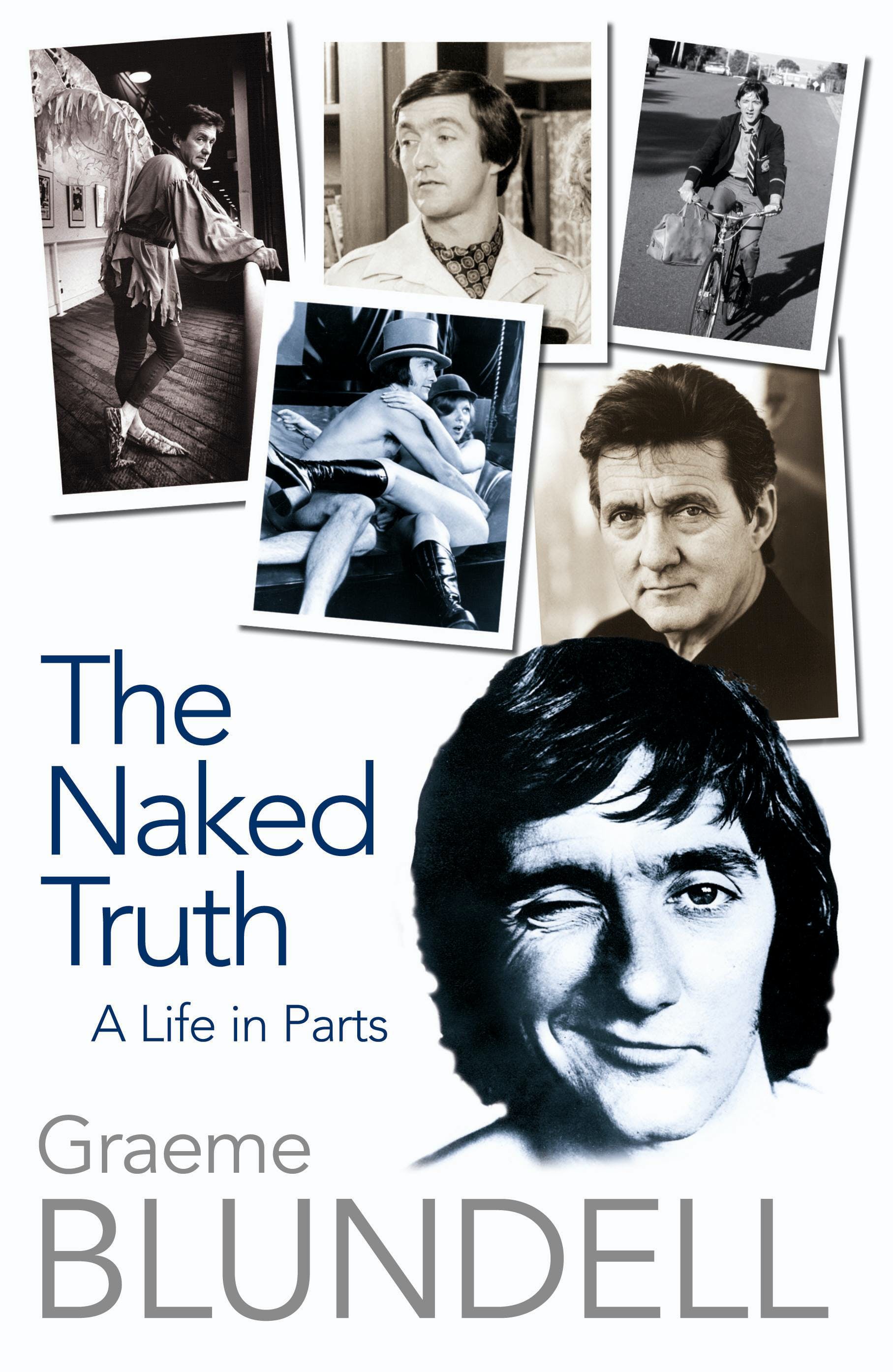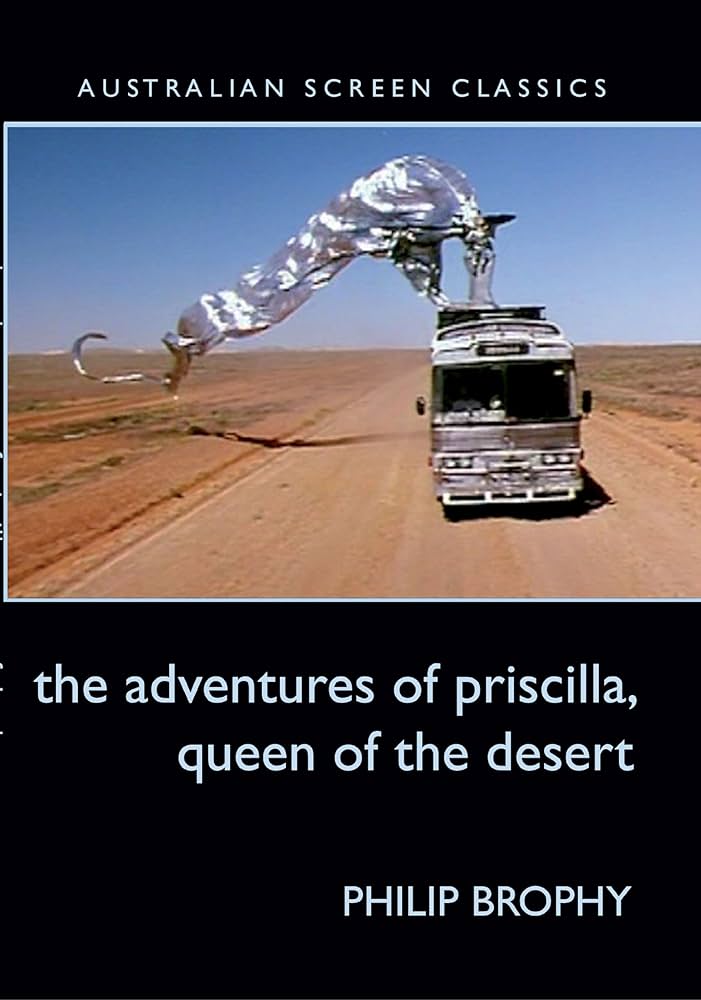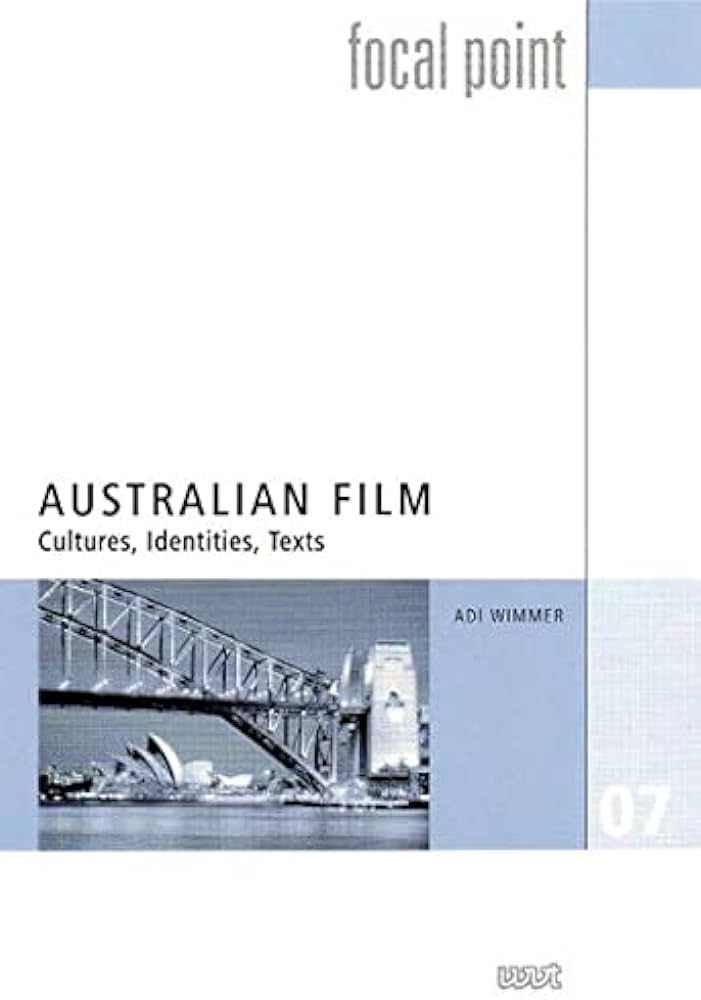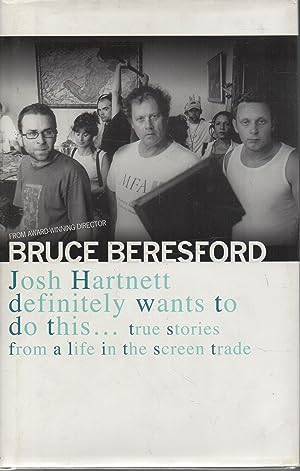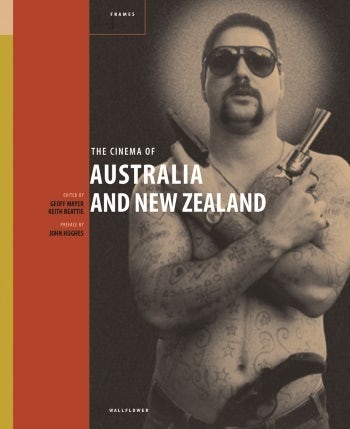Film
Those Dashing McDonagh Sisters: Australia’s first female filmmaking team by Mandy Sayer
'Bliss it was in that dawn to be alive, / But to be young was very heaven.’ William Wordsworth was writing about the French Revolution, but the sentiment could have applied to the three McDonagh sisters in 1920s Sydney. Isabel (born in 1899), Phyllis (1900), and Paulette (1901) were the beneficiaries of two intertwined revolutions – modernism and feminism – that encouraged them to develop skills outside the domestic sphere and to become experts in their field. Daringly, they chose filmmaking, the great obsession of the period; and they were very good at it.
... (read more)Why on earth should Australian filmmakers want to try replicating Hollywood? No one can do Hollywood as well as Hollywood can, and the attempts to emulate it have usually, perhaps inevitably, led to flavourless or otherwise misbegotten enterprises. I know that this is the era of international co-productions, and that where the money comes from is undoubtedly influential, but where the creative personnel come from is surely still more so. I want to argue for the cultural significance of the small-scale filmmaking that doesn’t depend on US funding and thereby isn’t subject to the sorts of compromise that such involvement may entail.
... (read more)In 2004, Somersault, a drama of youthful coming to terms with life’s challenges, scooped the pool at the Australian Film Institute’s annual awards. It was a melancholy comment on the state of the local industry that no other films could compete with this affecting but scarcely remarkable work. How different the situation will be in 2009.
... (read more)Film Adaptation and its Discontents: From Gone With The Wind to The Passion of The Christ by Thomas Leitch
If the past is a foreign country, Hollywood is another planet: they sure do things differently there. Just how differently is the predictable and tedious obsession of far too much adaptation scholarship, fixated on the degree of fidelity of a film to its adapted literary Urtext. This practice, boring and unimaginative, diverts the attention from what art can tell us about ourselves to what it can tell us about the colour of the breeches worn in the novel by that odd fellow in the twelfth chapter. Thomas Leitch, for one, is sick of it, and he has set out to shake up film scholarship and inject new life into the study of adaptation in this wide-ranging and acutely observed treatment.
... (read more)There has been no escaping Graeme Blundell lately. There was Catharine Lumby’s astute reappraisal of his image-making Alvin Purple for the Currency Australian Classics series; and, as I write, the advertisements for the new local documentary Not Quite Hollywood feature a bare-chested Blundell in a pair of unforgivable 1970s flares. Now, here is his own account of how he got to be that way – and a good deal more.
Blundell was branded for years by the Alvin persona, that of the improbable sex symbol, irresistibly attractive to women who are turned on by this short, faintly nerdish suburban lad with a curious magnetism invisible to the naked eye. And naked, of course, was the key word. There is a good more to Blundell than the Alvin image, but let’s get it out of the way first.
... (read more)The Adventures of Priscilla, Queen of the Desert by Philip Brophy & The Chant of Jimmie Blacksmith by Henry Reynolds
Possibly inspired by the British Film Institute’s ‘Classics’ texts, the ‘Australian Screen Classics’ series is not only downright valuable but also looks good. The latest two, in their smart black covers, each adorned with a striking still from the relevant film, confirms the importance of having such detailed attention paid to key films in our history.
... (read more)Australian Film: Cultures, identities, texts by Adi Wimmer
It is no easy task for an outsider to anatomise a national cinema, and the Austrian academic Adi Wimmer suggests in this series of essays that Australian cinema has always been more national than most. In other words, our filmmakers have been unusually dedicated to the project of defining a collective identity through a set of instantly recognisable myths: the ultimate Australian film would be one that showed a group of sun-bronzed, laconic, Anglo-Saxon blokes battling droughts and big business in a wide brown land seen equally as a symbol of brooding masculinity and as a hostile mother.
... (read more)Josh Hartnett Definitely Wants to Do This: True stories from a life in the screen trade by Bruce Beresford
Bruce Beresford has left a greater imprint on the national sensibility than most people might think. From The Adventures of Barry McKenzie (1972) through The Getting of Wisdom (1977) and Breaker Morant (1980), he has demonstrated a virtuoso ability to dramatise Australianness, classic and modern. His films Don’s Party (1976) and The Club (1980) mean that we are never likely to forget the idiom in which David Williamson first represented us, because Beresford has made it part of the cinematic argot of the country; a new production of a play is automatically measured by how much the actors stand up to the classic performances of Graeme Kennedy or Ray Barrett or John Hargreaves in Beresford’s vision of the plays.
... (read more)The Cinema of Australia and New Zealand edited by Geoff Mayer and Keith Beattie
The Cinema of Australia and New Zealand is the thirteenth of Wallflower Press’s ‘24 frames’ series, but there is no need for the editors to feel superstitious on that account. This is a series which presents certain problems. It requires the editor(s) of each volume to choose twenty-four films that are, in some degree, representative of the titular country, or, as the case sometimes even more dauntingly is, of two titular countries – and I know whereof I speak. Having edited Wallflower’s The Cinema of Britain and Ireland (2005), I can sympathise with the difficulties involved in trying to achieve any sort of representativeness across not one but two film-making countries. And I might add resentfully that Canada gets a whole volume to itself. Canada!
... (read more)It is one thing for Macbeth (of whom more in a moment) to chide himself for ‘vaulting ambition’; it is not, though, the first stick we would choose to beat Australian cinema with. Now, with 2006 nearly over and everybody saying what a good year it has been for local films, I want to identify ‘ambition’ as a key element in the making of this ‘good year’.
... (read more)

